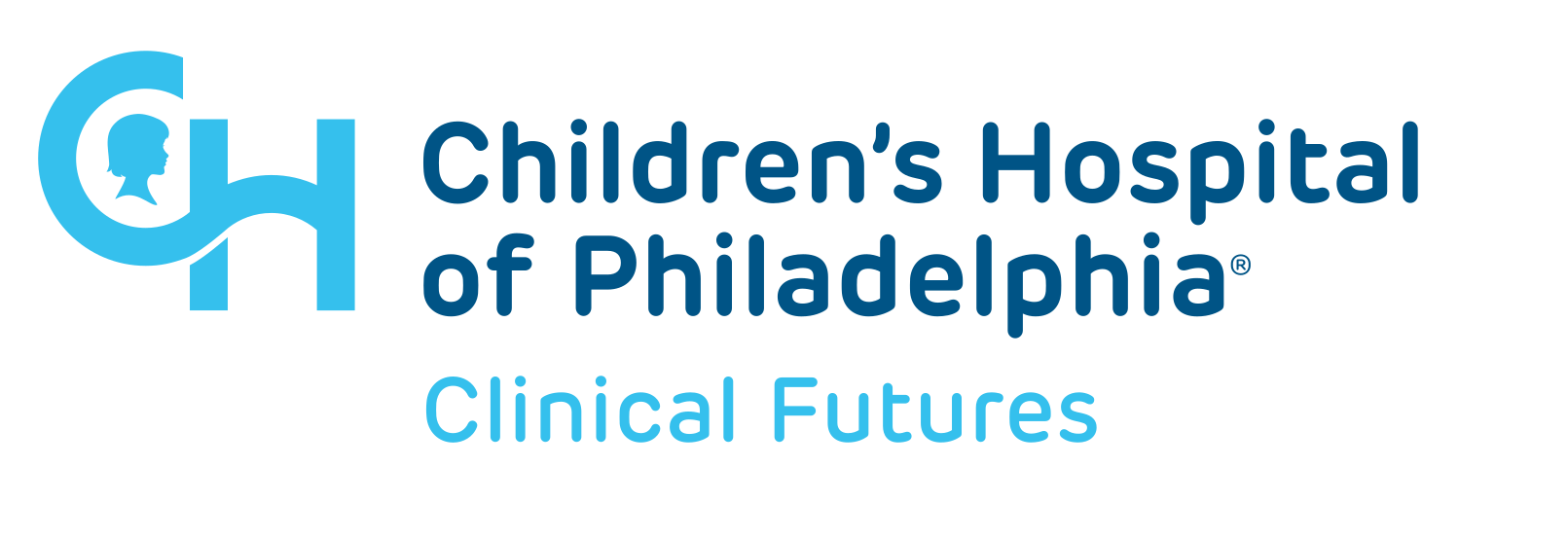Pharmacoepidemiology studies explore the use and effects of drugs and other medical products in populations. While the field has made significant strides in adults, there is a national need for pharmacoepidemiology studies in children. Pediatric pharmacotherapy is challenging because developmental changes and other factors may alter the safety and efficacy of drugs in children.
In 2013, U.S. expenditures for retail prescription drugs, durable medical goods, and other non-durable medical products were approximately $370 billion. The overwhelming majority of patient interactions with the health system involve decision-making about drug therapy. In order to ensure high value care, it is important for decision-makers (i.e., patients, caregivers, clinicians and third-party payers) to know whether a certain drug therapy provides value for the money. The results of pharmacoepidemiology studies can be used to help set priorities for the allocation of health care budgets at both individual and national levels.
According to the World Health Organization, pharmacoepidemiology studies apply epidemiological reasoning, methods and knowledge to study the clinical use and effects of drugs in human populations, including over-the-counter drugs, biologics, vaccines, and medical devices.
Many of the pharmacoepidemiology studies conducted by the CPCE are based on large health care utilization databases using non-experimental study of intended and unintended drug effects.
Drug utilization research may be divided into descriptive and analytical studies. Descriptive studies describe patterns of drug utilization and identify problems deserving more detailed studies. Analytical studies try to link data on drug utilization to figures on morbidity, outcome of treatment and quality of care with the ultimate goal of assessing whether drug therapy is rational or not. This type of research typically looks at pattern of use, quality of use, determinants of use, and outcomes of use.
Current CPCE Projects Involving Pharmacoepidemiology Methods
Mechanisms of Antibiotic Resistance




